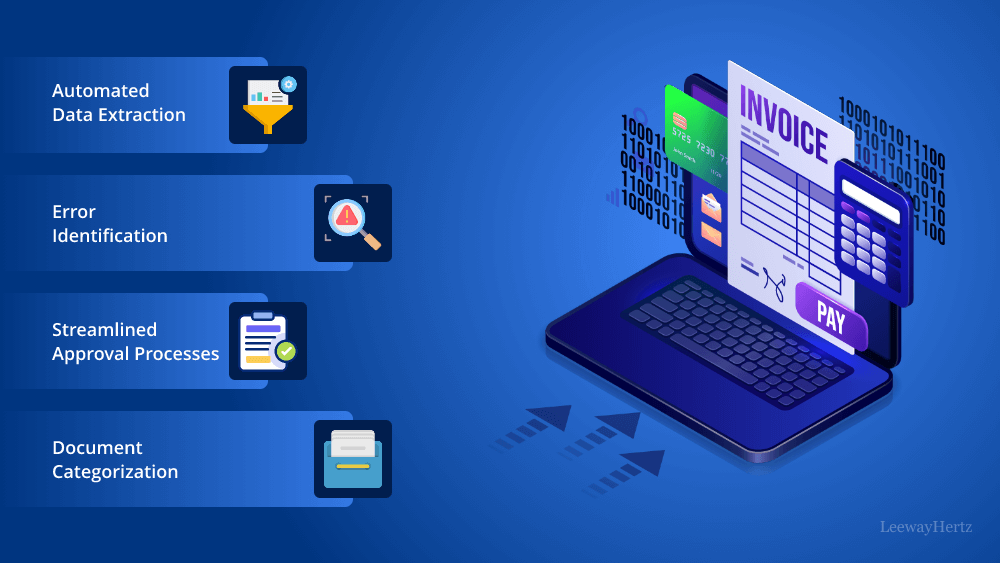Risk management in accounting is a crucial process that helps accounting firms identify and address potential threats to their business. Let’s delve into the details:
- What’s Risk Management?
- Risk management involves identifying and assessing various risks faced by your accounting business. These risks can span legal, financial, security, and data-related uncertainties.
- Risks may pertain to your actual accounting work or extend to areas like HR and people management within your firm.
- A risk management plan outlines how you’ll handle both foreseeable and unforeseen risks. It’s essential for any accounting firm, whether small or large, before they start operating and taking on clients.
- What’s at Risk for Accountants?
- Risks typically fall into three categories:
- Preventable risks: These arise within your accounting business and won’t generate strategic benefits. Examples include situations related to people management, such as not having established attendance policies for employees.
- Strategy risks: These are risks that may yield strategic benefits. For instance, expanding into a new market involves risks but could lead to growth opportunities.
- External risks: These come from external factors beyond your control, like changes in regulations or economic conditions.
- Risks typically fall into three categories:
- Risk Management Steps for Accountants:
- Step 1: Identify vulnerabilities within your accounting business, considering preventable, strategy, and external risks.
- Step 2: Analyze the potential severity and likelihood of each risk.
- Step 3: Minimize risks by implementing controls, policies, and procedures.
- Step 4: Communicate risks to relevant stakeholders, ensuring awareness and alignment.
- Step 5: Monitor risks continuously and adapt your risk management approach as needed.
Remember, even in the seemingly “safe” world of accounting, risk management is essential to protect your firm and ensure its long-term success.

AP Processing on various systems
Situation: An application (software) automatically retrieves electronic invoices from email and push into Account Payable.
Issue: One day (13 Feb 2025) there are two invoices with VAT 8% retrieved, one of them is valid, one is not valid.
Notes: From 1/1/2025 VAT Rate must be back to 10% except some cases (listed in an official document from Tax office).
| Application | Communcation/Actions | End user Interaction |
| Traditional Application | Just post 2 invoices into Accounting System No interaction with end-user | At the end of the month, check and found the issue. Revert the wrong invoice. Re-prrint the reports. Warn the team to be carefully check all invoices. Also drop an email to software vendor, asking for a program update. |
| Smart Application | Primarily handle structured business data | Check the legal document then select valid invoice and post into Sage 300. Write an email to the supplier who issued invoice with wrong VAT Rate |
Anh so on, how Accounting system with Mojo AI do via AI assistant
ERP integrated with Mojo AI.
- AI detects tax rate issues on invoices and sends information to users via chat.
- Users follow AI instructions on-screen to resolve the issue.
- After resolution, notifications are sent to managers before the invoice is posted in the system.
- Mojo AI learns and remembers from similar situations, aiding in automatic issue resolution and notifying managers only upon completion of processing.
With ERP integrated Mojo AI, we see perfect collaboration between humans and AI technology. AI helps solve issues quickly and effectively, while learning from experience to enhance processing in the future. This saves time and creates a smarter, more flexible, and efficient workflow for businesses.
--
Thang Pham - Innoria Founder & CEO